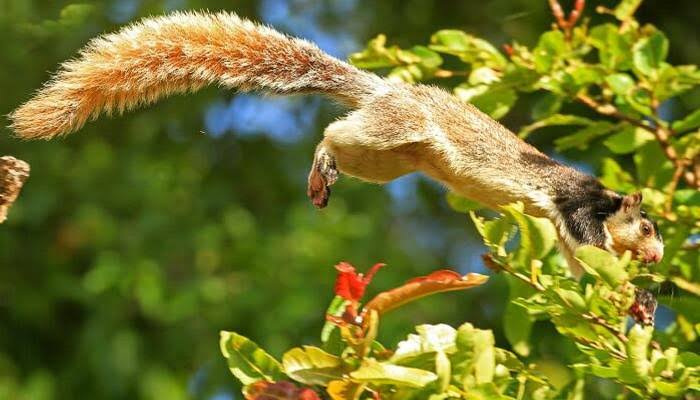Places to Go in 2019: For Wildlife Lovers
Assam, Hoollongapar Gibbon Sanctuary
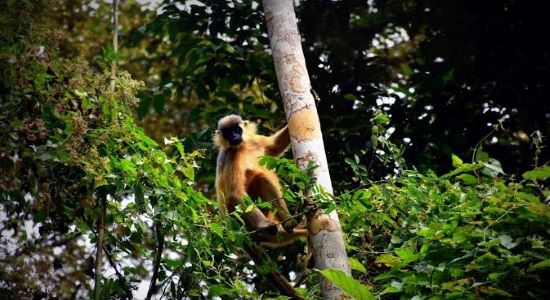
When you stay at a forest resting house right outside the Gibbon shrine of Hoollongapar, wait for the calls from the larger racket-tailed drongo and awake until 4:30 a.m. in the morning. The 21-square kilometre protection zone in the vicinity of Jorhat is dominated by hollong forests and home to India's only species known as the threatened Western Hoolock Gibbon. Six other primates can be found in the shrine: capped langur, macaque of pig-tailed, macaque of a stump, Assamese macaque, rhesus macaque and slow loris of night-life Bengal. In the Forest cars are not permitted, so make sure your long walks have a robust couple of shoes. Keep your eyes on gigantic mounds of the earthworm and colourful butterflies. When you visit the Monsoon, be ready to cross a thick and humid forest. Some sections may be overgrown and hard to reach, but the paths are generally open.
In groups of four or five, rhesus macaques may be seen on and around the periphery of the wood. During the darkness, the woods are a magnificent light and shady mosaic, and the coats of capped langur are brilliantly orange-golden. While it's not very hard to spot these two primates, they are highly timid and are told to disappear in the blink of an eye–even though they live in larger groups of 40-50 people. These creatures are lovingly protected in the woods.
It is a pleasure to see a hoolock gibbon where a macaques soldier frolicked just before. The tiny black (man) and grey (brown) acrobats of the forest travel through the upper parts of the trees in order to make them easier for anyone with knowledge of every bough and leaf. The time they look at you with their inquisitive eyes, it's impossible not to love them.
Tamil Nadu, Grizzled Squirrel Wildlife Sanctuary
.jpg)
A 488-kilometre reservation that protects this fragile, grizzle giant bird discovered only in western Ghats and the highlands of Sri Lanka is the "Grizzled Squirrel Shrine" close Srivilliputhur, in Tamil Nadu (officially known as the Srivilliputhur Wildlife Sanctuary). The inhabitants of Srivilliputhur are quite big, contrary to their metropolitan counterpart. However, the rodent of brown and white rosé is a shy creature which freezes at the site to prevent detection. But it is simple to spot one scampering about trees or nibbling about fruits thanks to the preservation attempts of the park.
Only on foot can the shrine be reached. Even if the route is labelled, take a guide. Elephants, leopards, Nilgiri tahrs, Malabar pied kerbats and vultures, and some 220 species of butterfly are located in Srivilliputhur, too.
Andaman & Nicobar Islands, Dhaninallah Mangrove Walkway
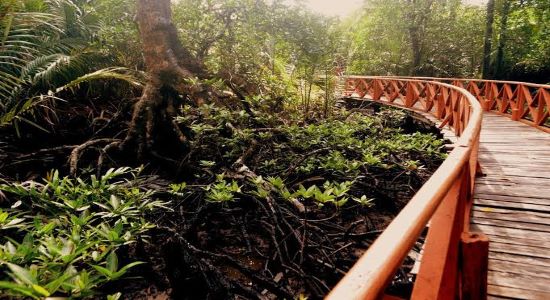
Birdsong, living roosts and green hues — all of which lead to a beach of white sand, where kid-olive laughter starts to live every year. The Mangrove Walkway in Dhaninallah, 20 Kilometers from the town of Rangat, is on the Middle Andamans road to Mayabunder. A treasure trove of stopovers is on their way from Rangat to Dhaninallah: the Yerrata Mangrove Park, Cumbert Bay and the beach of Amkunj. However, the main attraction is the footpath. A luxuriant mangrove forest supporting a large population of oak trees is only over 700 meters long. On the way, there are eco-huts that help you enjoy the eyes and breathing roots on emerald boughs. The olive ground of olive ridiculous turtles is at the end of the road, at Dhaninallah Beach, and a turtle hatchery is also nearby. (Regular ferries run from Rangat to Havelock, from Neil to Long Islands.)
Dadra & Nagar Haveli, Satmaliya Deer Park

You're gambling around in a short way in the business of sambar, nilgai, blackbucks and deer. The morning sun blithely falls across the forests in Silvassa's Satmalia Deer Park. If you're fortunate, your safari could end with birding successes too — a little sanctuary of flamingos, thrush, fly-catchers and other winged people can be found at this little shrine in Dadra and in Nagar Haveli. The Tribal Cultural Museum is back in Silvassa–thought masks, tools of music and hunting. You will be reminded of an ancient tip from the browsing of hand-made bamboo souvenirs and wall paintings: underfunded means seldom underwhelming. Not for Dadra and Nagar Haveli, certainly.
Bihar, Patna & Bhagalpur
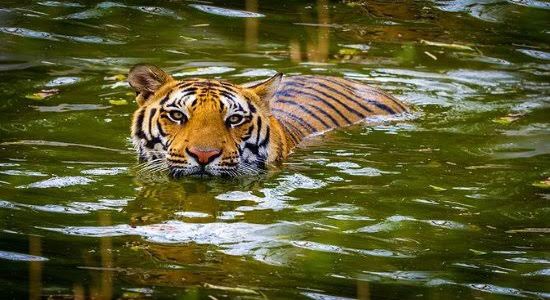
It is simple to escape from the common account of Patna as the zero ground of urban Indian chaos when your eyes are opened up to its scattered and secret pocks. The Khuda Baksh oriental public library is a good instance, but exceptional in size, in Arabic and Persian, in the richness of ancient ensemble scripts. Khan Bahadur Khuda Baksh, whose forefathers held responsibility for keeping books and write documents for King Alamgir, opened the library and cum-museum not far from the banks of Ganga in 1891. The incredibility of the site is derived from the rarity of its cellar–manuscripts written in Arabic, Persian, Urdu, Spanish, Hindi, Punjabi, German and French, as well as its private stories, paper and palm leaves, deer hair and clothes. The library was begun by Khuda Baksh, it's said, in 4,000 handbooks. Later he gave the people of Patna his whole private collection.
The Vikramshila Sanctuary Gangetic Dolphin is located in eastern Bihar's Bhagalpur District for people who are less delighted by the world of emperors and academics but are also committed to skipping the tourist Buddhist paths in Bihar. It is the only legal reserve within India for the national aquatic animal, stretching 67 kilometres across the Ganga from Sultanganj to Kahalgaon. There are always river cruises if you're not fortunate to spot the small clan of this blind and endangered river dolphin. They encourage ecotourism and winters can be spotted with many migratory birds.
Nagaland, Pangti, Wokha District
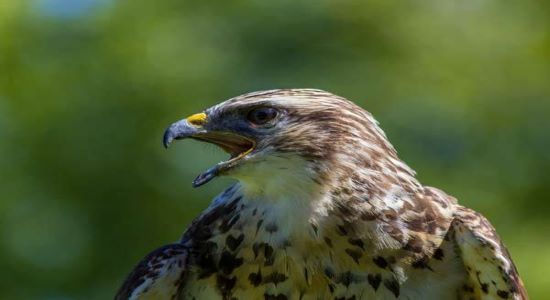
Travelling along bone-jarring highways to Nagaland's Wokha District is not a pity, but people who travel are treated to a real spectacle of nature.Millions of migrant Amur Falcons go every winter, towards the end of October, from Mongolia, China, Siberia, and Russia, toward South Africa to stay on the small Naga village of Pangti at Doyang reservoir. The view of the grey-feathered birds over Doyang is one of the lists of pigeons. Amur falcons fly in Doyang for about five days before they start their roasts and have up to 22.000 kilometres one of the longest avian migration paths in the world.
The fact that Pangti has been world-famous until recently in chasing the falcons by thousands makes this phénomène even more stimulating. Through attempts to protect and sensitize ex-hunters, guides and conservationists are now ensuring that the Amur-Falcons are kept back year after year in Nagaland.

